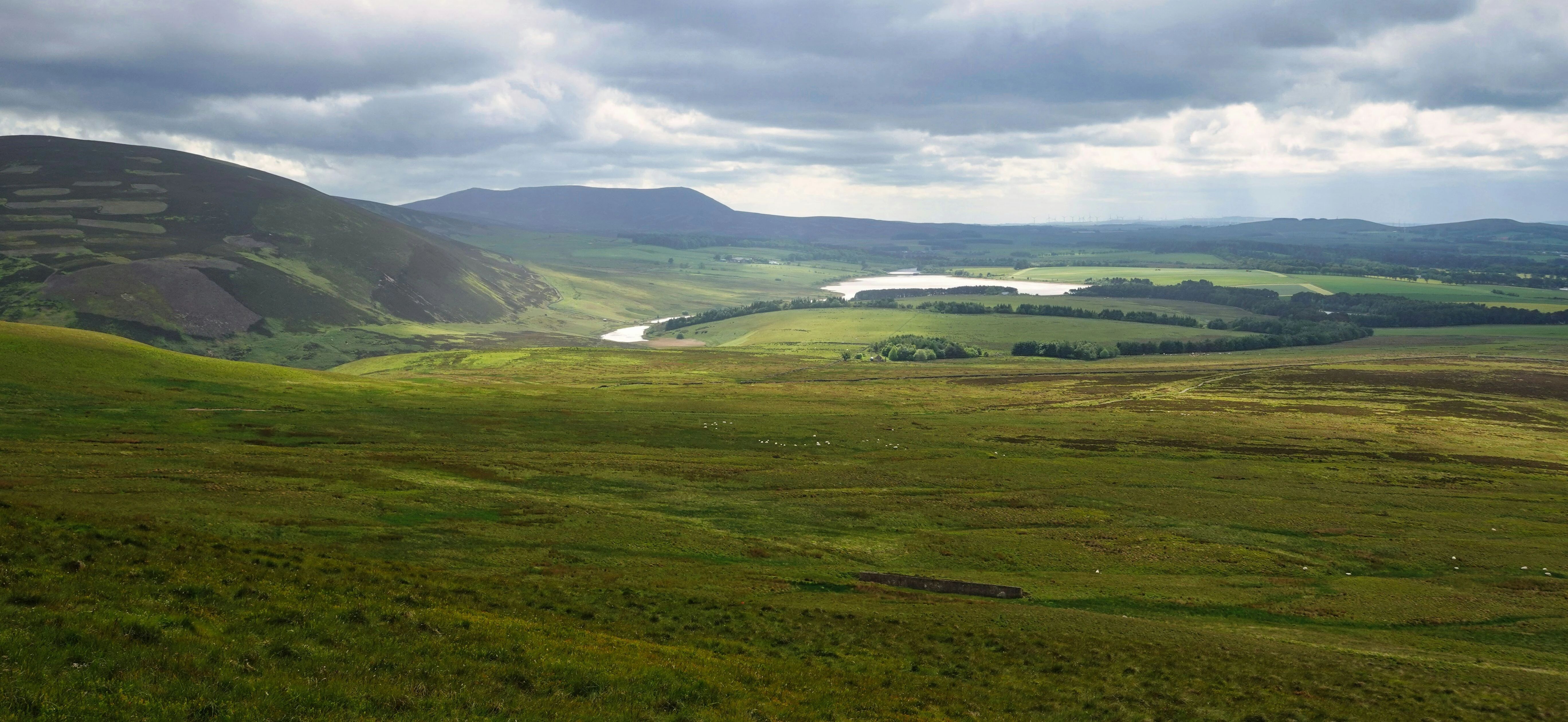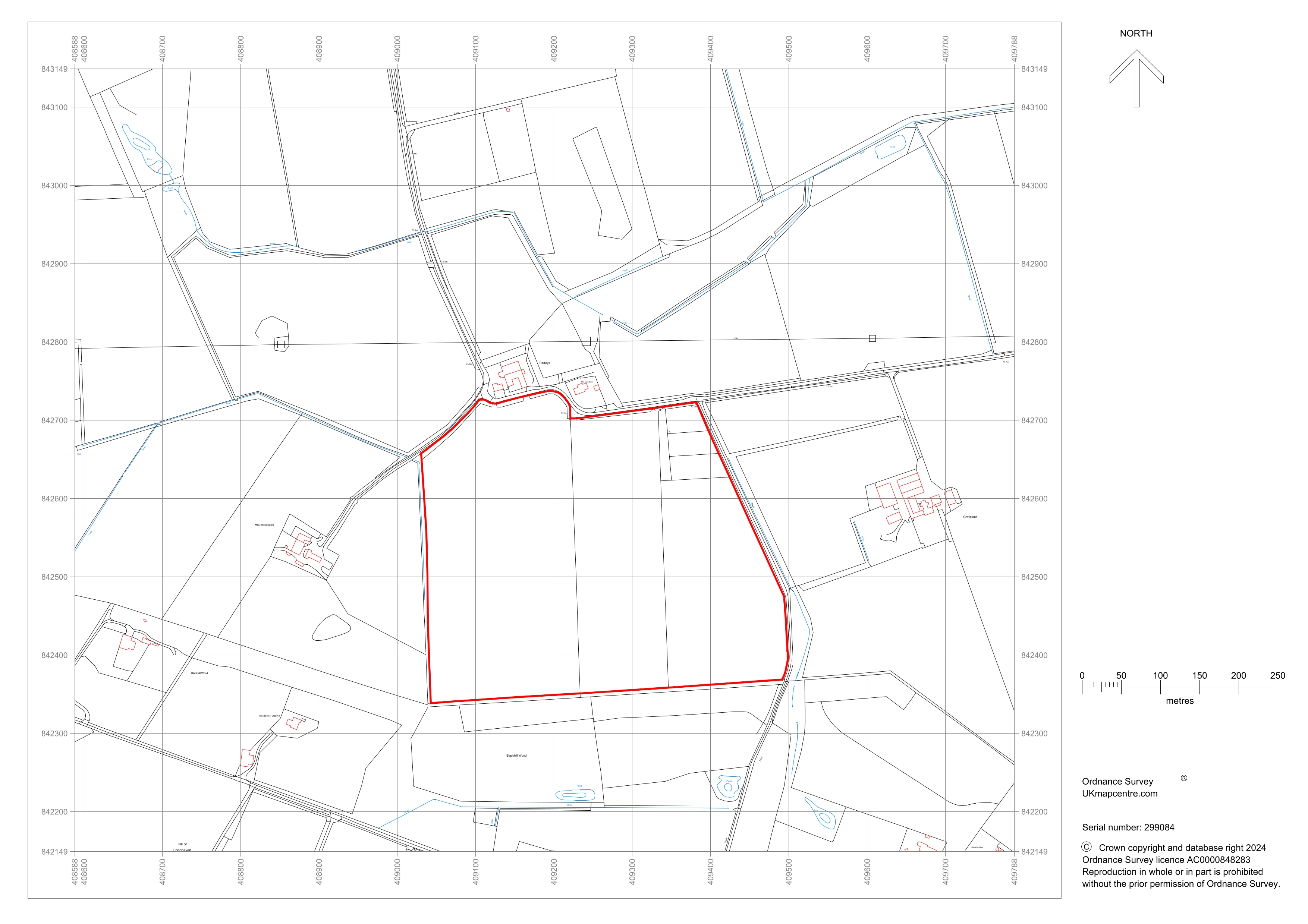
Peterhead 500MW
Developed by Peterhead Flexpower
Site Status
Early planning
Complete
Public consultation
Complete
Planning application submitted
Complete
Construction
2030
Connection
2033
About
Developed by Peterhead Flexpower Ltd, Peterhead BESS will be a 500-megawatt, two-hour battery energy storage system (BESS). It forms part of the critical infrastructure upgrades required to meet the government's CP30 clean power targets.
Designed by specialist BESS engineers with extensive experience, the site places safety at the heart of its design, while ensuring reliability and minimal disruption to local communities and wildlife.
Over one hectare of land will be designated for biodiversity, and tailored landscaping measures will help minimise disruption to the surrounding environment.
Why do we need a BESS?
Renewable energy sources such as wind and solar power are becoming increasingly important, but they can be intermittent. This means that they do not always produce electricity when it is needed. Energy storage systems like BESS can help to balance supply and demand, ensuring that there is always enough electricity available. The UK is one of the world leaders in wind power generation and therefore a significant investment in supporting infrastructure is required. This is especially prevalent in Scotland where there is a lot of wind generation and transmission around the UK.
Public Consultation
Our public consultation process has now concluded. We would like to thank everyone who took the time to attend our events and provide feedback.
Please note that any comments made to Peterhead Flexpower are NOT representations to the Energy Consents Unit. All formal representations regarding the application should be made to the Energy Consents Unit.
FAQs
Get In Touch
If you have any questions or would like to get in touch with us, please contact us using the details below:
Send us an email at [email protected]
Give us a call on +44 1242 500254
Documents
